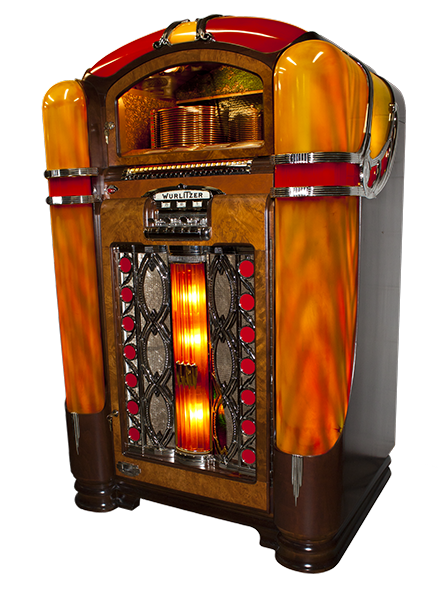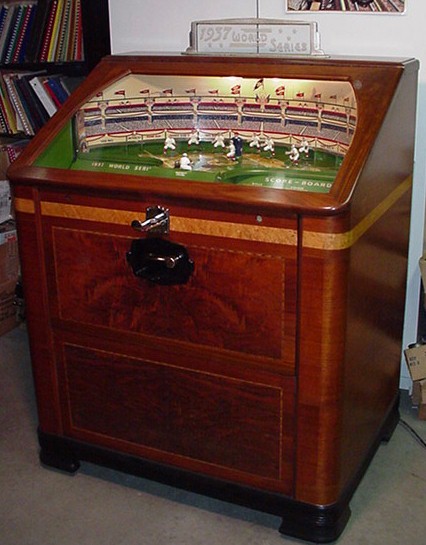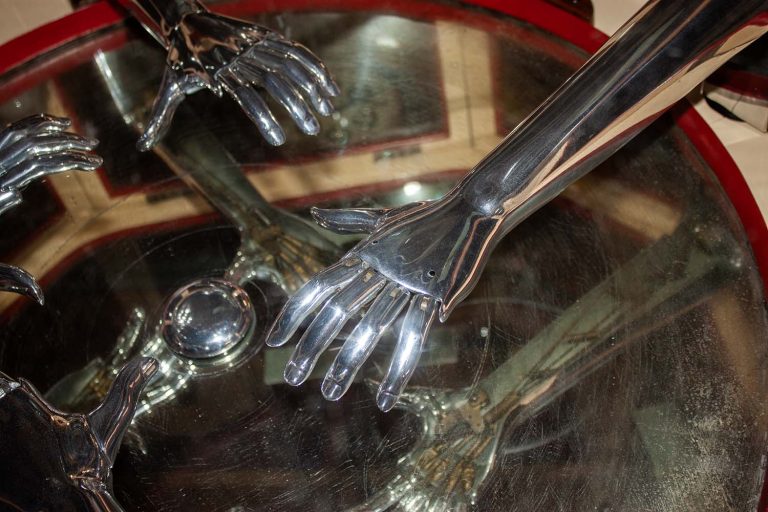Wurlitzer History
Jukebox History

The Wurlitzer family started buying and selling musical items in Saxony as far back as 1659. Rudolph Wurlitzer came to the United States in 1853 and started an import business selling instruments to the U.S. government during the Civil War. Soon he became the largest instrument supplier in America and through a chain of retail stores in Chicago he started marketing a line of pianos which he manufactured. It wasn’t long before Rudolph attached a coin slot to a player piano and literally started the coin-operated music boom of the late 1800s.
Shortly after the turn of the 20th century, Wurlitzer became famous for the large theater organs that created sound for silent films. These large organs and many other types of automatic instruments were manufactured at a large facility in North Tonawanda, N.Y., where the factory still stands today. Rudolph Wurlitzer died in 1914, leaving the business to his three sons. As the demand for theater organs and automatic pianos weakened, Wurlitzer went through some difficult times. The depression of 1929 nearly put the company out of business.
In 1933, Rudolph’s youngest son, Farny, entered into a deal with Homer Capehart. Wurlitzer would manufacture a coin phonograph engineered by “Erickson” called the “Debutante”. The repeal of prohibition was imminent and the demand for coin-operated music was about to explode. It did, and by 1937, Wurlitzer had sold over 100,000 phonographs.
Wurlitzer dominated the coin-operated phonograph business until the introduction of the 45 rpm record. At that point, Wurlitzer’s mechanism could handle up to 24 records, playing only one side. Seeburg introduced a new mechanism that held 50 records and could play both sides, yielding a true 100-select jukebox. Wurlitzer made many attempts to compete with this by engineering new mechanisms for its machines, but never really caught up with Seeburg’s domination of the jukebox market. Operators in the early 1950s considered the new Wurlitzer mechanisms overly complex and not particularly reliable.
After nearly giving up on jukeboxes in the early ’60s and early ’70s, Wurlitzer gave one last gasp in 1973 and tried to make a nostalgic-looking jukebox called the “1050”. With only 1,600 units produced, the effort wasn’t enough to bring back what was once the greatest jukebox manufacturer ever. Wurlitzer held on into the ’70s but then when demand for jukeboxes faded, so did the Wurlitzer factory, eventually going out of business.
A new company in Germany has purchased the name Wurlitzer and is manufacturing bubbler CD jukeboxes called “One More Time”.
If you have a Wurlitzer jukebox for sale, we at the National Jukebox Exchange may be interested in buying it. We can pay top dollar for jukeboxes in any condition. Please contact John Papa at (518) 661-5639 or via e-mail at johnpapa1080@gmail.com with as much information as you have.











